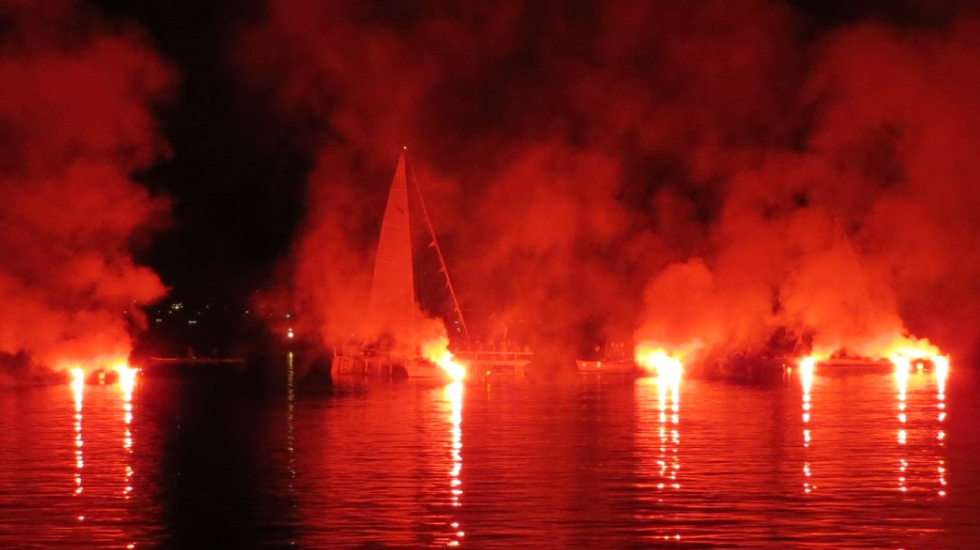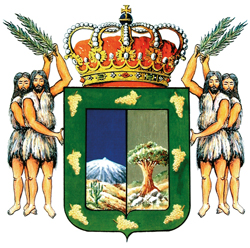
Los Hachitos de San Juan
Schedule:
Information:
Fire history and culture. Many people celebrate the magical arrival of the summer solstice with different celebrations in the sun, water or fire. A night illuminated by the stars of the hachitos and the flamingos of the icodenses parties that probably has its origins in old celebrations canarias before the conquest of Tenerife by the Crown of Castile. It is the feast of the Aboriginal Magec as a rite of mestizaje between the Christian and the pagan. It is the night when everything bad, that of San Juan, is burned.
In the Channels torches made with blanket pieces and empty cans are used, in addition to the balls of fire that remember the force of the volcanic lava. In the Amparo they are banners, hachitos of flowers, ribbons or seeds, that go up to the mountain and they dance around the bonfire. On the beach are also torches, which end in bonfires at the seashore in the midst of popular rejoicing.
Formerly the hachitos were made with chips or pieces of pine tea, and were used to light in the dark of night




